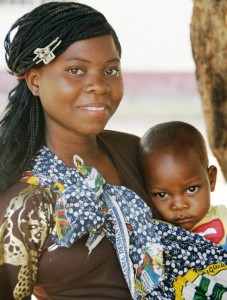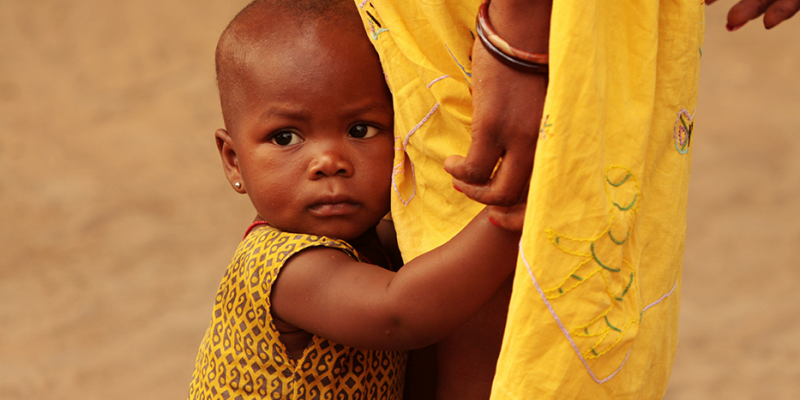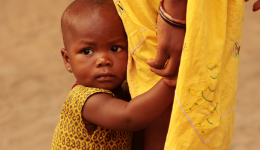About the I-Kit
Access to and use of life-saving commodities across the reproductive, maternal, newborn and child health (RMNCH) continuum of care has been limited due to financial constraints, sociocultural issues and lack of demand by health care providers and clients.
 The Demand Generation Implementation Kit, the “I-Kit”, is a step-by-step guide to developing communication strategies to increase demand for nine priority commodities, and provides cross-cutting tools, guidance and adaptable commodity-specific content. By using the I-Kit, country teams can fast-track implementation of demand generation interventions in order to accelerate progress towards MDGs 4 and 5.
The Demand Generation Implementation Kit, the “I-Kit”, is a step-by-step guide to developing communication strategies to increase demand for nine priority commodities, and provides cross-cutting tools, guidance and adaptable commodity-specific content. By using the I-Kit, country teams can fast-track implementation of demand generation interventions in order to accelerate progress towards MDGs 4 and 5.
What is the objective of the I-Kit?
The primary objective of the I-Kit is to support country teams to develop commodity-specific messaging and activities, tailored to the country context and utilizing country-specific data.
For countries that already have RMNCH communication plans and programs, the I-Kit can be used as a tool to integrate strategic and effective components specifically for the underutilized commodities. In countries that still need to create RMNCH communication plans, the I-Kit offers guidance and support to develop evidence-based, effective demand generation strategies.
Who should use the I-Kit?
The I-Kit was designed to be useful to multiple audiences. The I-Kit will support the efforts of communication professionals working directly on behavior change communication programs as well as other professionals working in RMNCH who need to create a demand generation component to support program activities. Staff from ministries of health, non-governmental organizations and community-based organizations will all find useful resources, information and examples.
What is the Final Product?
Users of the I-Kit will develop demand generation strategies for selected health areas or commodities that are country or context specific and can be integrated into existing national communication strategies and interventions for RMNCH.
What commodities are covered in the I-Kit?
The I-Kit provides adaptable commodity-specific content, such as audience profiles, objectives, messaging and implementation activities, for nine priority commodities, organized by three overarching health areas along the RMNCH continuum of care:
- Contraceptive implants (for prevention of unintended pregnancy)
- Female condoms (for prevention of unintended pregnancy and STIs/HIV)
- Emergency contraception (for prevention of unintended pregnancy)
- Misoprostol (for postpartum hemorrhage)
- Magnesium sulfate (for pre-eclampsia/eclampsia)
- Chlorhexidine (for newborn cord care)
- ORS and zinc (for diarrhea)
- Amoxicillin (for childhood pneumonia)
How was the I-Kit developed?
The I-Kit was developed by the Health Communication Capacity Collaborative (HC3) at Johns Hopkins Bloomberg School of Public Health Center for Communication Programs (JHU·CCP), with support from the RMNCH Trust Fund and the United States Agency for International Development (USAID), in partnership with Demand Generation Technical Resource Team members, including Population Services International (PSI), International Consortium on Emergency Contraception (ICEC), PATH, Jhpiego and other partners.
Discussion Board on I-Kit
Join the I-Kit discussion group on Springboard for Health Communication, an online social network for social and behavior change communication professions. Designed to foster a community of practitioners working to increase demand for health commodities, it is a space to share experiences using the I-Kit, ask questions of other users, and to discuss the challenges and opportunities in developing demand generation communication strategies.
Photos
All photos on the site are courtesy of Photoshare, unless otherwise noted.



 This website is made possible by the support of the American People through the
This website is made possible by the support of the American People through the